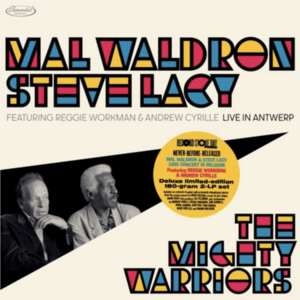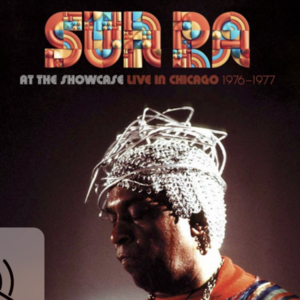
Kent Finlay, Dreamer: The Musical Legacy Behind Cheatham Street Warehouse
Edited by Brian T. Atkinson and Jenni Finlay
Texas A&M University Press Press
Perhaps you noticed that all the Ink 19 stories have a keyword index tucked away somewhere. It gets populated by names and places and other details of the review- for this book, I gave up 30 or so pages in. Nearly every musician associated with the Texas country sound of the 1980s is in here along with songwriters, labels and an overwhelming list of influential and sometimes little known people. Cheatham Street began life as a cotton warehouse near the turn of the century; in those days east Texas was booming cotton country and this was just another loading point for the railroads the snaked across the rolling hills and through the small towns. This was also a land where alcohol and temperance bumped up against each other; it was hot, dry and lonely so locals settled into a pattern of drinking and sinning on Saturday nights and then repenting and drying out Sunday morning. Along the way, there was a huge demand for honky-tonk bars and danceable music. When Kent Finlay discovered this old building with amazing acoustics, the cotton was gone, country music was booming and San Marcos was just another fading town. But he had a vision, San Marcos had cheap rent, and the rest is history. Cheatham Street – what a great place to play the old country songs for a new audience!
As soon as the business of selling beer was cleared up, Finlay put on shows and if you walked up with a guitar and a song, he’d put you on stage. Soon the Cheatham Street Warehouse was one of the crucial nodes in the music industry, and here we can read the collected interviews, reminisces and wild tales of Mr. Finlay and his partners in music and entertainment. Anecdotal and freewheeling, Finley recaps the high points of his career; dozens of major and minor musical stars passed through this joint. There was something going on every night, and while profits were low to non-existent, this was never a get-rich proposition. Finley tells us about discovering the likes of George Strait (who adds a touching introduction), Townes Van Zandt, and dozens more. Notes on Hondo Crouch and Luchenbach are included; the editing job done by his daughter and Mr. Atkinson is tight and readable. If Finley’s stories suffer anywhere, it’s his unending enthusiasm for the artists mentioned; he seems to have never found a clunker in the hundreds of neophyte entertainers that trod his worn boards. We learn the roots of the best of his best; while this book is in no way definitive, it’s a lively return to the magical days when you could see Hal Ketchum for $2 and a Lone Star beer.












